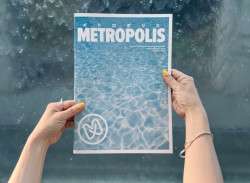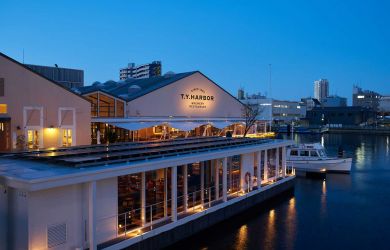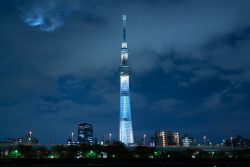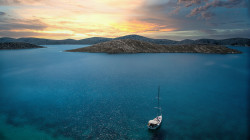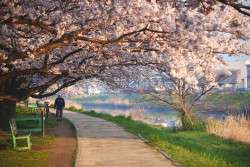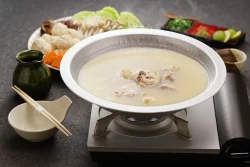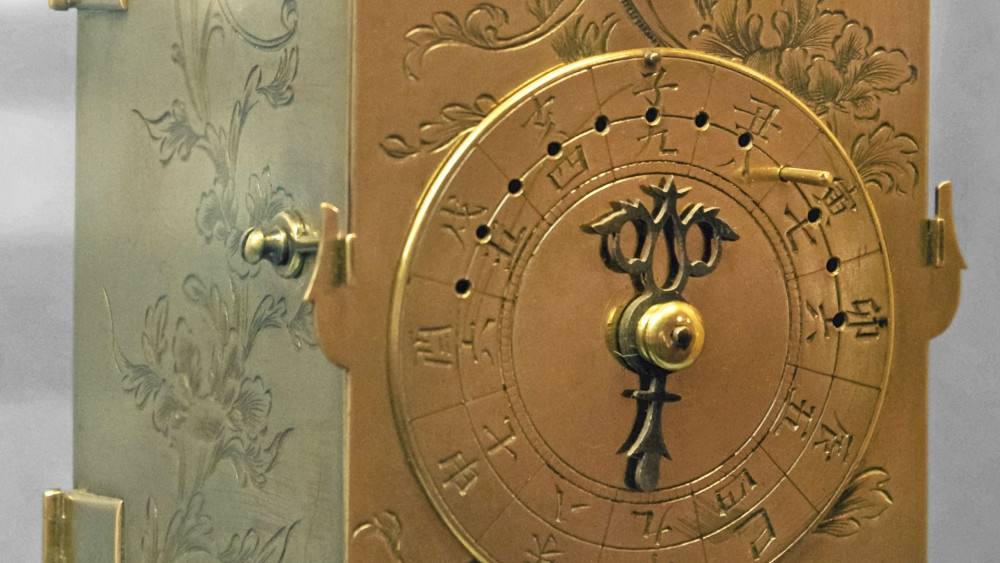
February 13, 2025
A Tale of Edo Japan Timekeeping and Navigation
Cat's eyes, samurai hours, and the rise of the wadokei
I was on my way to meet a friend for coffee somewhere in the backstreets of Asakusa. This particular district holds much of the capital’s Edo history and architecture, as it was once a bustling entertainment and cultural center. For example, Senso-ji Temple and many theaters still stand today. Charming as the area was, I was now totally lost in the Asakusa streets, and late for my friend. I began to marvel at how anyone in the Edo period ever managed to find anything or even meet up on time without the modern conveniences of Google Maps or a trusty phone alarm.
Edo Japan Timekeeping and Navigation
Turns out that Edo Japan timekeeping and navigation intertwine in ways that reflect the era’s challenges, culture, innovations and foreign influences. For example, unlike standard clocks we know today that tick through equal hours year-round, they followed a seasonal time system using traditional Japanese clocks called wadokei. These split the day and night into six segments. The segments varied with the length of daylight throughout the year.
This meant that the timekeeping methods of wadokei, were not merely devices for tracking time but also artworks that required constant adjustment to remain synchronized with the shifting seasons. The above image is an example of a Japanese double folio clock.
Cat’s Eyes “Clocks”
Perhaps most bizarrely, ninjas sometimes used a method that relied on the size of a cat’s pupils to indicate the time. When a cat’s pupils were wide open, it was dawn or dusk; at noon, they were narrow like a needle. Thus, cats became silent alarm clocks.
Andrew Evans in National Geographic writes that sometime around the year 1592, Yoshihiro (the 17th Lord of Shimadzu) sailed from Kyushu to Korea on a military venture. Along with his entourage, he carried seven cats—not as pets, but as clocks. Alas, only two cats made it back to Kagoshima alive. In gratitude to these felines’ service and loyalty, the Shimadzu lord built a shrine to them in 1602. After the Meiji Restoration (1868), the Shimadzu family relocated to their 75-room summer “villa,” and the cat shrine moved with them. To this day, it is still an observed site of devotion dedicated to all cats—also, bizarrely, clocks.
For ninjas, knowing the time could make for a matter of life or death. According to the Shoninki, a ninja manual, the best hours for stealthy movements were during the Boar (9–11 pm), Rat (11 pm–1 am), and Tiger (3–5 am) hours. During the day, the Hare (5–7 am) and Horse (11 am–1 pm) hours were optimal for other stealthy activities.
Another superstition used by ninjas was supposedly being able to tell even or odd hours based on which nostril was clearer. If the right nostril was breathing more easily, it was likely an odd hour; if the left, an even one.
The Tokaido Road
But how about getting around? Well, according to Jilly Traganou in the Japan Railway and Transport Review, the Tokaido road was Japan’s most crucial route during the Edo Era (1600–1868). It connected Kyoto—the imperial capital—with Edo, the seat of the Tokugawa Shogunate. As the name Tokaido (eastern sea route) implies, the road ran east from Kyoto to Edo (now Tokyo). You might recognize that the shinkansen (bullet train) route’s name is the New Tokaido, such was the road’s significant influence on Japan today.
The Tokugawa Shogunate regulated travel through a network of roads known as the Gokaido. This enabled the movement of officials, armies and postal services. The shogunate also issued passes to everybody, so guards knew where you were going. Horses, wheeled vehicles and oxen were also banned from the roads. This is all except for the samurai, who could ride horses. Meanwhile, “regular” people walked or were carried in kago (Japan’s version of a sedan chair).
Despite these regulations, the era’s internal stability and expanding economy allowed many commoners to travel. Post-stations offering lodging and amenities emerged along the routes, facilitating shorter journeys. Travelers relied on these and markers placed every ri (approximately 3.9 kilometers, or 2.5 miles) for navigation, as well as well-known landmarks that served as a destination and a point of reference.
The maps produced during this time were not just practical tools but also artistic expressions. Prints and maps of the Tokaido road depicted routes and notable sites, serving dual purposes as administrative tools and artistic guides for travelers. The Tokaido bunken nobe ezu (Tokaido Route Pictograph) from 1716, for example, presented an accurate survey infused with exaggerated symbols representing architectural types and natural features. While modern navigation relies on satellite technology, Edo inhabitants utilized familiar structures and natural indicators to orient themselves and ensure timely meetings.
Europeans Bring Clocks—And Confusion
Enter the Europeans. These traders and missionaries introduced Japan to Western mechanical clocks in the 16th century.
Amelia Soth, in Cabinet of Curiosities, shares an example of when the Portuguese Catholic priest and missionary Luís Fróis visited the feudal lord Oda Nobunaga in 1569. When Fróis presented his host with an exquisite example of a clock, Nobunaga rejected the gift. He said “I do wish very much to have it. However, I do not want it because it would be wasted on me.”
Why did he do this? For one, the mechanical clocks from Europe were practically useless for Japanese people. They featured a totally different system of time division from Japan’s flexible seasonal approach. At first, one might think he missed a trick since foreign clocks soon became a status symbol; a sign that even people from faraway lands recognized your importance and authority. However, he may actually have also sensed that the gift came with strings attached. After all, the Jesuits were on uncertain ground in Japan. Rejecting the clock in the manner he did could have been a clever strategic move.
Either way, the mechanics weren’t totally nugatory. Craftsmen soon took influence from this new design, precision and functionality. They adapted European styles and incorporated more mechanical elements into the traditional wadokei formats.
The result was impressive—artworks with moving hour markers or tiny weights to control speed, all while retaining elements of Japanese craftsmanship, systems and aesthetics. While these timepieces might appear chaotic to modern eyes, they were practical and surprisingly precise.
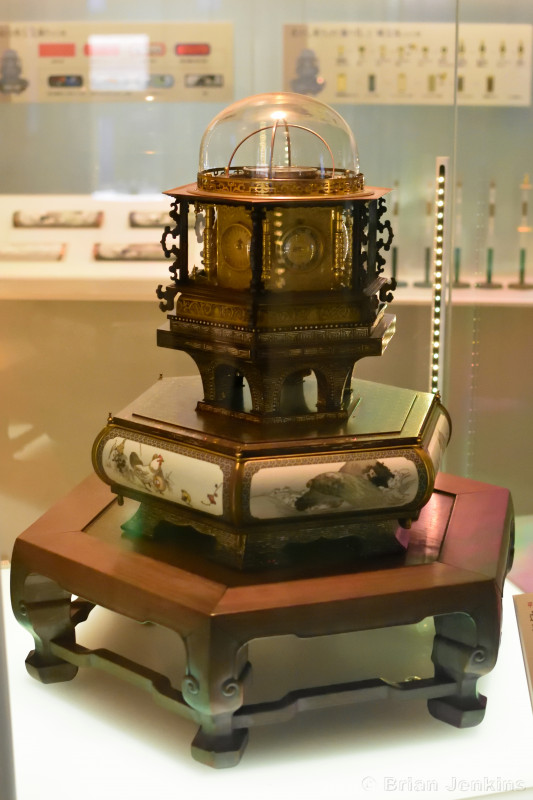
Edo Japan Timekeeping and Navigation: The Myriad Year Clock
One of the most advanced examples of Edo-period clockmaking is the Myriad Year Clock, completed in 1851 by Tanaka Hisashige. This masterpiece’s six faces tracked Japanese seasonal time and Western fixed hours, lunar phases, and the Japanese solar year. It could even adapt hour markers based on the season. This demonstrated the artistry and ingenuity achieved by Japanese clockmakers by the Edo period’s end.
In 1873, Japan transitioned to a European-style fixed time system, yet the Myriad Year Clock symbolizes Edo-period adaptability and innovation. If you visit Tokyo’s National Museum of Nature and Science, you can see this remarkable piece—a window into a world where time was as flexible as the people’s needs.
If you enjoyed Edo Japan Timekeeping and Navigation, you might also like Why Tokyo Works: Understanding how urban design makes this city work.
